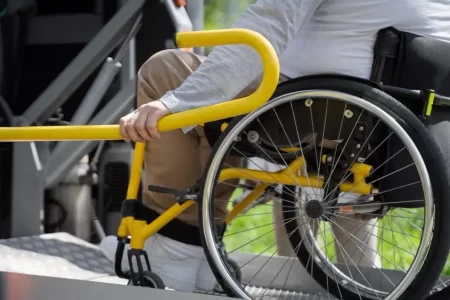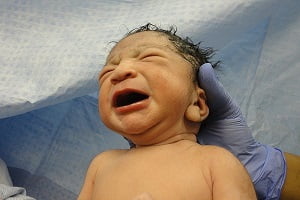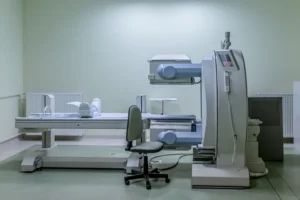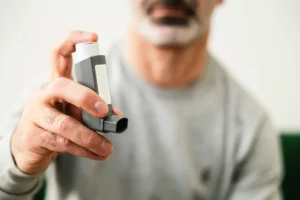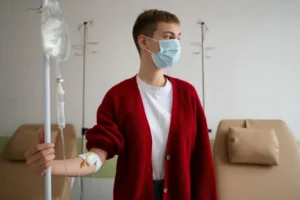Strategies/Tips for Teachers in Managing Children With Cerebral Palsy
- Updated on: Jul 12, 2024
- 4 min Read
- Published on Nov 9, 2020
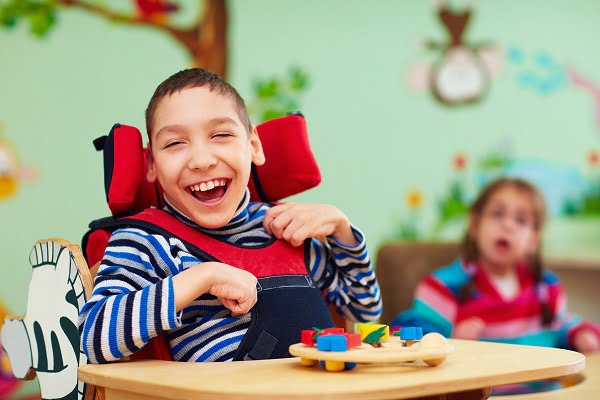
Children suffering from cerebral palsy are very different from each other, and thus the teaching process is also very different. This depends on the symptoms, needs, and severity of the disease. The instruction for teaching should be brief and clear, as the children face problems in paying attention, so it can get difficult for them to understand too many instructions at a time.
Different modes of communication like oral, visual, or written can be used that will help them to understand better. The teacher should write the agenda on the board, this can help children to understand what is coming next, and thus they can prepare for that in advance.
Teaching Tips for Teachers According to the Symptoms and Needs of Children
Articulation Skills
Articulation refers to the ability to produce different sounds and pronunciation of words in a clear and correct manner. There are various ways that can develop articulation skills in children with cerebral palsy.
- Teachers can use the guidelines and strategies provided by the speech – language pathologist.
- Use of slower pace of speech.
- Teachers can focus on a particular sound in which the kid is facing a problem.
- Visuals related to a particular sound can be used.
- Pronunciation of a particular sound for a longer time at a slow speed can help the children to understand it properly, and it will also avoid distortion.
- The student should be seated very near to the teacher so that he can be able to visualize the movement of the lips of the teacher and can learn quickly.
- The individual educational program can also be introduced for children with articulation difficulties. Teachers will be able to pay more attention to the students and can help them to learn faster.
Errors in the speech, pronunciation, distortion, sound substitution are very important to learn as it also boosts the confidence of the children and helps them to speak in public. Children facing such issues mostly avoid using the words they have difficulty in or lower their voices for such words to avoid embarrassment.
Read About the Basics of Cerebral Palsy
Assistive Technology
It is the form of technology that is used to increase the functioning of the individual with or without a disability. It can be of three types:
Lower Level Assistive Technology: Stress – balls, manipulative counters, color – coding systems.
Mid-Level Assistive Technology: Timers, reaching aids, tape recorders, dictaphone.
High-Level Assistive Technology: This includes computer software.
There are other assistive technologies present like the text to speech, speech to text, modified keyboards, symbols to text, etc.
Assistive technology helps the individual to beat their challenges so they can learn to read, write, and communicate in a better way. A keyboard is an example of AT as it helps the children who have difficulty in writing, software of computers that read the text aloud.
Fine Motor Skills
This deals with the movement of the fingers and hands and involves small motor movements. There are various devices present in the market which helps the children to move their fingers and hands and help them to write. Children having problem in fine motor skills faces issues in writing, painting, and they get tired easily and thus give up on fine motor skill tasks and seems disinterested due to these difficulties. There are some strategies mentioned below that can help children to develop fine motor skills:
- The use of assistive devices can be favored to help children to have a grip while holding pencils.
- Blocks can be used to teach.
- Teachers should reward the efforts made by students.
- The larger and slanted work surface should be provided.
- Students should be monitored while they are working in science laboratories.
- Teachers should give tests to them that need minimal writing.
- Keyboard skills need to be taught.
Read About Aquatic Therapy for Cerebral Palsy
Gross Motor Skills
This refers to the major movement of the body. Children having problems with gross motor skills should not participate much in physical activities. Their muscle tone is weak, and thus they get tired easily. Children may seem uncoordinated and clumsy, and stairs will be very difficult for them. Their walk and posture also seem very unbalanced.
- Schools should implement guidelines provided by the physical and occupational therapists for school.
- Teachers should provide them with regular breaks to prevent fatigue.
- They should appreciate the efforts put in by the children.
- Students should sit near the supplies so as to have easy access.
- Proper space should be provided to the children for walking, and thus injuries can be avoided.
- Schools should have proper evacuation facilities, and they should teach them properly in case of emergency.
Read More About Is Your Child a Suitable Candidate for Selective Dorsal Rhizotomy for Cerebral Palsy?
Personal Care
This area of teaching deals with hygiene, eating, toiletries, and dressing. Most children need assisted technology and physical care for personal care.
- Extra time should be provided for their personal care needs.
- Teachers should privately talk to children about their personal care.
- Washrooms should be easily accessible.
- A big table and chair should be provided.
- Regular breaks should be given for personal care.
- Visual and written instruction should be available in the washrooms.
Personal Safety
Physical issues and behavior of the students directly or indirectly affect the personal safety of that child; this is also known as self – injurious behavior or self – harm. Personal safety issues include chocking while eating, falling during walking, going towards danger, biting, headbanging, etc.
- A chart should be made to determine the baseline on the basis of accidents, behavior, and consequences, this is also known as the ABC chart.
- Visuals and real-life stories can be used to teach about possible and alternative reactions.
- Emotion recognition should also be taught.
- Counselor support should be easily accessible.
- Constant supervision should be provided.
- Items that can be dangerous should be kept away.
FAQs
What is the Individual Education Plan (IEP)?
It is a plan made for the students with special needs having problems in learning. EIP development collaborates with schools and the teachers and professionals who are involved with such students.
How is Assistive Technology Helpful for Children With Cerebral Palsy?
Assistive technology helps the children to fight against their fear and make them more self-dependent. It helps them to cope up with their locomotion problems and also allows them to learn to write and read.
What is the ABC Chart?
It is a chart, which is constructed by parents or teachers of the children suffering from cerebral palsy. It monitors the behavior of the child in a particular situation like stress, danger, etc. later, this is analyzed and compared from the previous behavior and helps to determine the development of the child.
Do All Children Suffering From Cerebral Palsy Require Similar Strategies for Teaching?
No, every child is different from one another, and teaching strategies are based on the symptoms and needs of the child. This will help them to grow and develop in a better way.





